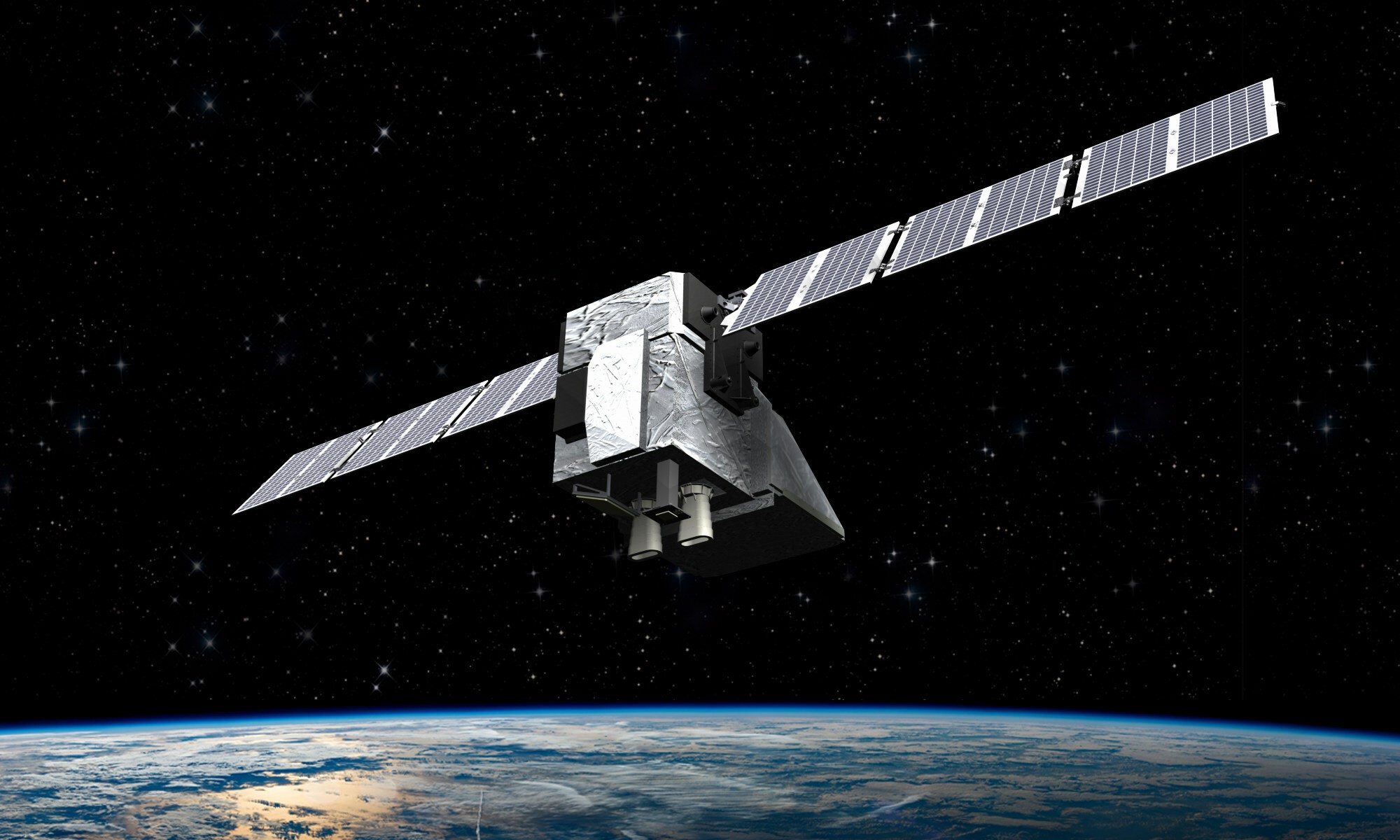Free Courses Sale ends Soon, Get It Now


Free Courses Sale ends Soon, Get It Now



Disclaimer: Copyright infringement not intended.
Context
Details
Why Track Methane Emissions?
The Role of MethaneSAT
About MethaneSAT
Mission:
Data Collection and Analysis:
Accessibility:
Features of MethaneSAT
Addressing Data Gaps:
Advanced Technology:
Wide-Camera View:
Data Analysis and Accessibility:
Significance of MethaneSAT
Addressing Global Methane Management Policies:
Enhancing Transparency:
Supporting Climate Action Initiatives:
Challenges
MUST READ ARTICLES:
https://www.iasgyan.in/daily-current-affairs/rising-methane-and-earths-climate-transition
|
PRACTICE QUESTION Q. By monitoring and addressing methane emissions, MethaneSAT contributes to global efforts to mitigate climate change and promote environmental sustainability. Discuss. (150 words) |
© 2024 iasgyan. All right reserved